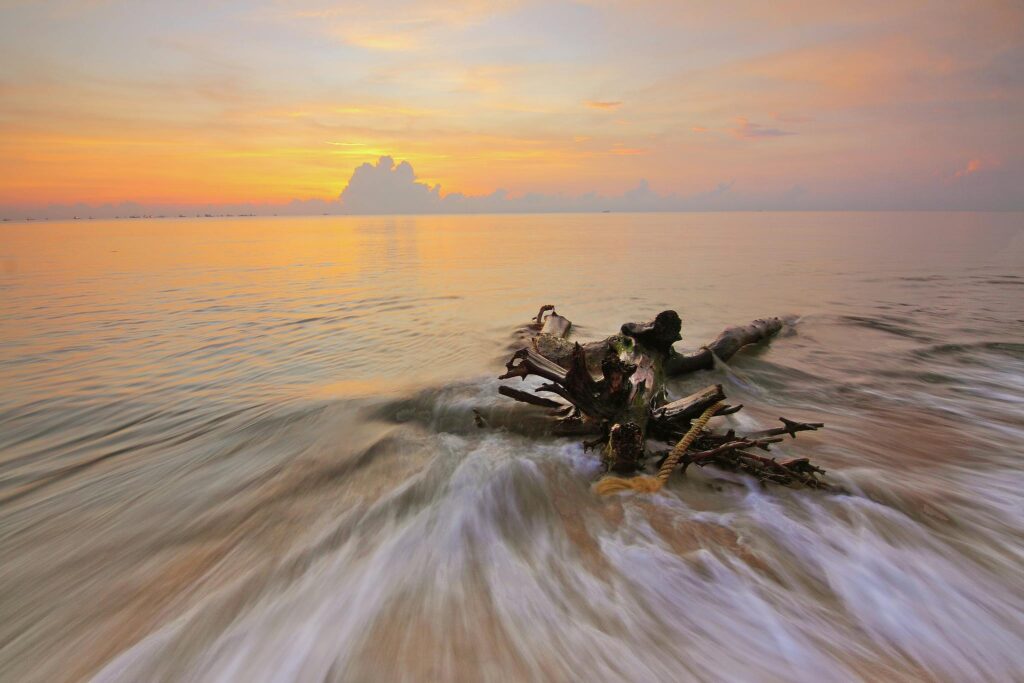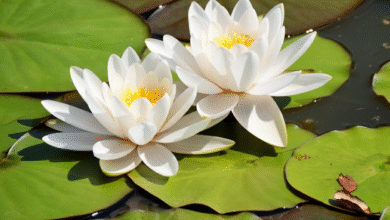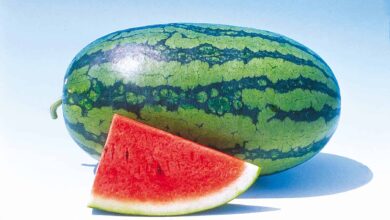Is Drift Wood Stripped of Nutrients?
Driftwood isn’t entirely stripped of nutrients, but it loses most. Its long exposure to water and marine life washes away many compounds. Left behind is a tougher, less nutrient-rich core
Driftwood is not edible for humans and offers no nutritional value. Humans cannot digest cellulose in wood. Eating driftwood may cause stomach upset or digestive blockage. Furthermore, driftwood from the sea has soaked up salt and may have harmful contaminants.

Wood contains cellulose, hemicellulose, and lignin. It also holds small amounts of essential minerals. These minerals are the nutrients, like nitrogen and phosphorus.
When a tree dies, decomposition starts. Fungi and bacteria begin to break the wood down. When wood hits water, leaching occurs. Soluble nutrients dissolve quickly. Simple sugars and easily dissolved minerals wash away quickly.
In the ocean, the process speeds up. Saltwater constantly works on the wood.
Creatures like shipworms bore into the wood. They eat it as they tunnel. This consumption removes nutrients and speeds up decay. Marine fungi and bacteria break down the wood fibers. They use the stored nutrients for their own growth.
The wood that remains has a reduced nutrient load. It is generally tougher material that resists decay.
The hardest part of the wood, lignin, is the last to go. It gives wood its structure. Lignin also shields the remaining nutrients.
Driftwood found on a beach is mostly lignin-rich material. The more easily digested parts are gone.
The remaining nitrogen and phosphorus are present in very low concentrations. They are tightly bound within the tough lignin structure. Driftwood still has value, despite the nutrient loss.
It becomes a slow-release resource and provides a steady, long-term source of carbon and the few remaining nutrients to the coastal environment. Rotting driftwood enriches sandy beaches as it slowly decays.
It also serves as a vital habitat and shelter. Small marine life uses it in the water. On the beach, insects and small animals hide beneath it. It provides structure to an otherwise open area.



